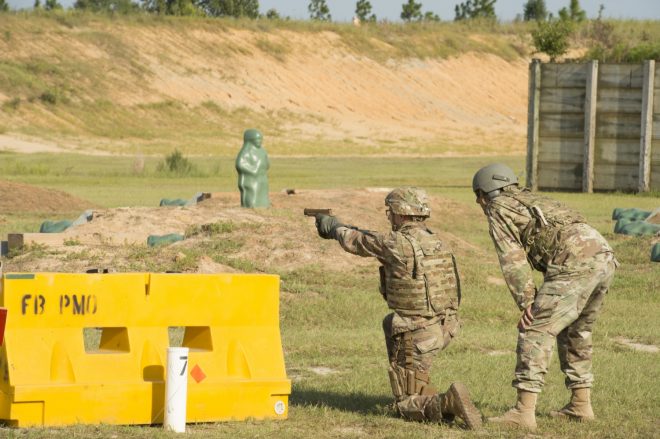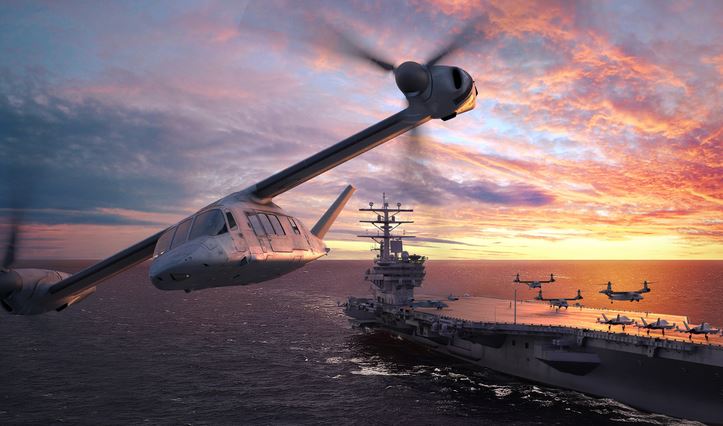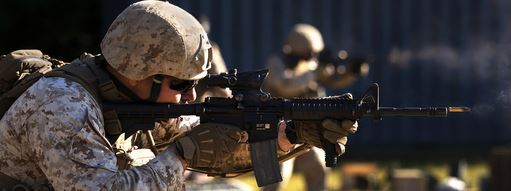Navy Getting Upgrade for Tomahawk Land Attack Missiles

By Debbie Gregory.
The U.S. Navy is about to a close a $119 million deal with Raytheon to integrate a new sensor into the Tomahawk Land Attack Missile (TLAM) that would increase the missile’s capability to attack moving targets at sea.
The order provides for analysis, architecture, modeling, simulation, evaluation, and prototyping for the anti-ship missile version of the Tomahawk, which will be called the Maritime Strike Tomahawk variant.
The Raytheon Missile Systems segment in Tucson, AZ will integrate seeker suite technology and processing capabilities into the Tactical Tomahawk Block IV missile in support of the Maritime Strike Tomahawk Program. Additional locations for the project include Dallas, TX and Boulder, CO.
“We’re upgrading the radio, the harnessing and the antenna for the communication. So every recertified missile will get an upgraded navigation and communication,” said Capt. Mark Johnson, Naval Air Systems Command PMA-280 program manager.
TLAM program manager Dave Adams indicated that the final product could be a multi-mode seeker with a mix of passive and active sensors.
The Tomahawk carries a 1,000-pound high-explosive warhead or submunitions dispenser. The subsonic missile can fly more than 1,000 miles at 550 miles per hour at 98 to 160 feet above the ground or water.
Introduced by General Dynamics and in service since1983, the Tomahawk Missile was initially designed as a medium to long-range, low-altitude missile that could be launched from a surface platform. Over the years, it has been upgraded several times with guidance systems for precision navigation. From 1992-1994, McDonnell Douglas Corporation was the sole supplier of the missiles. In 1994, Hughes outbid McDonnell Douglas Aerospace to become the sole supplier of the missiles. Raytheon began manufacturing the missile in 2016.





 By Debbie Gregory.
By Debbie Gregory.




